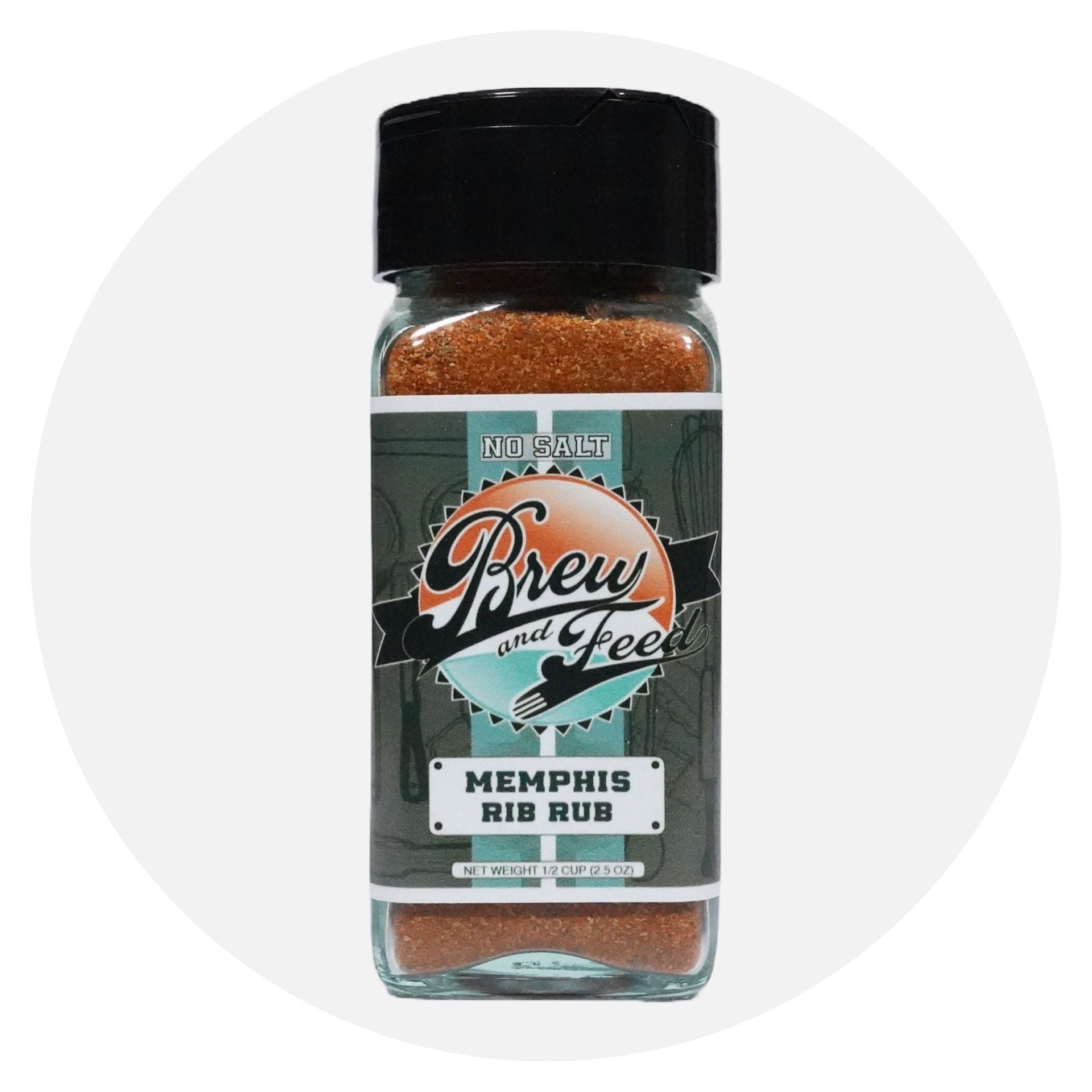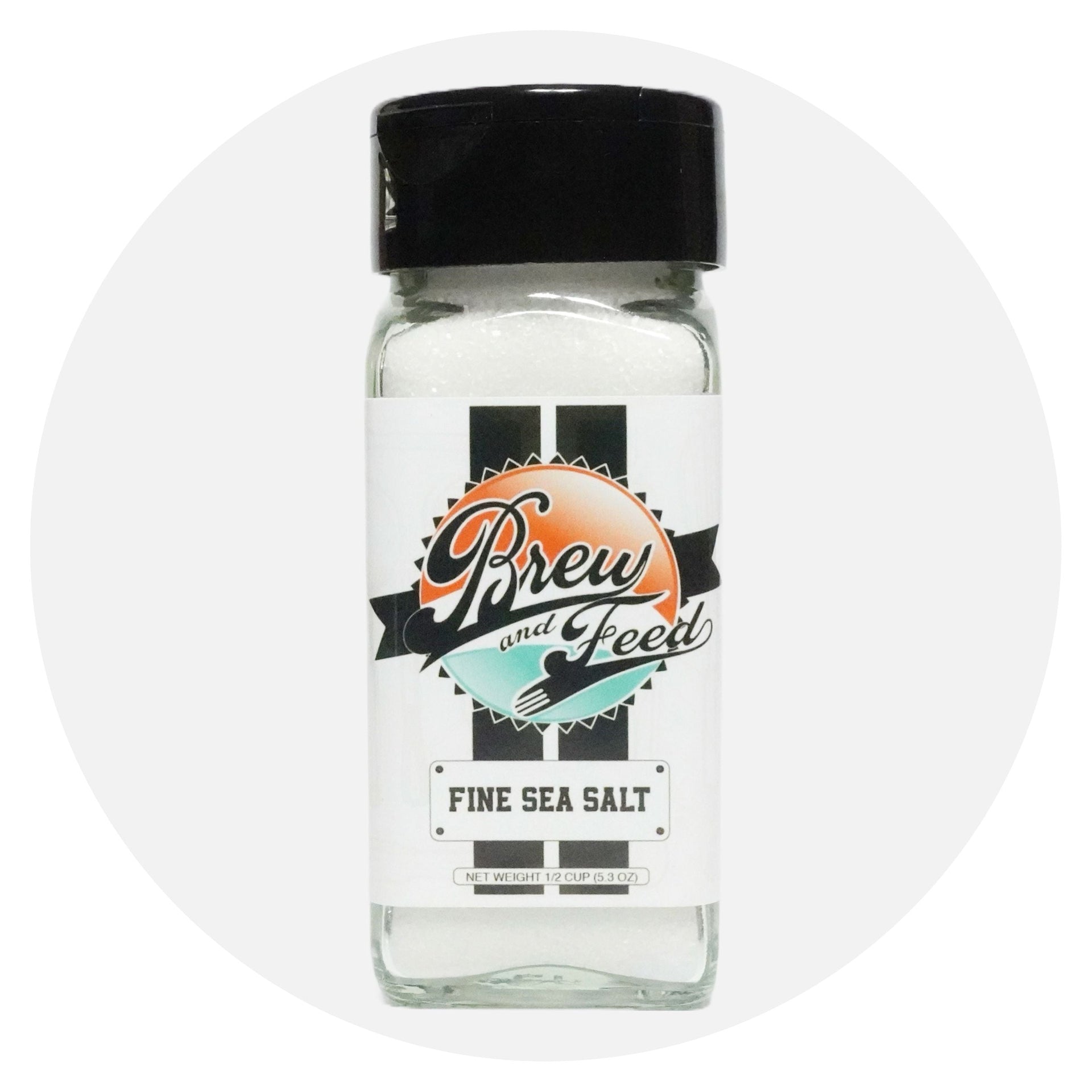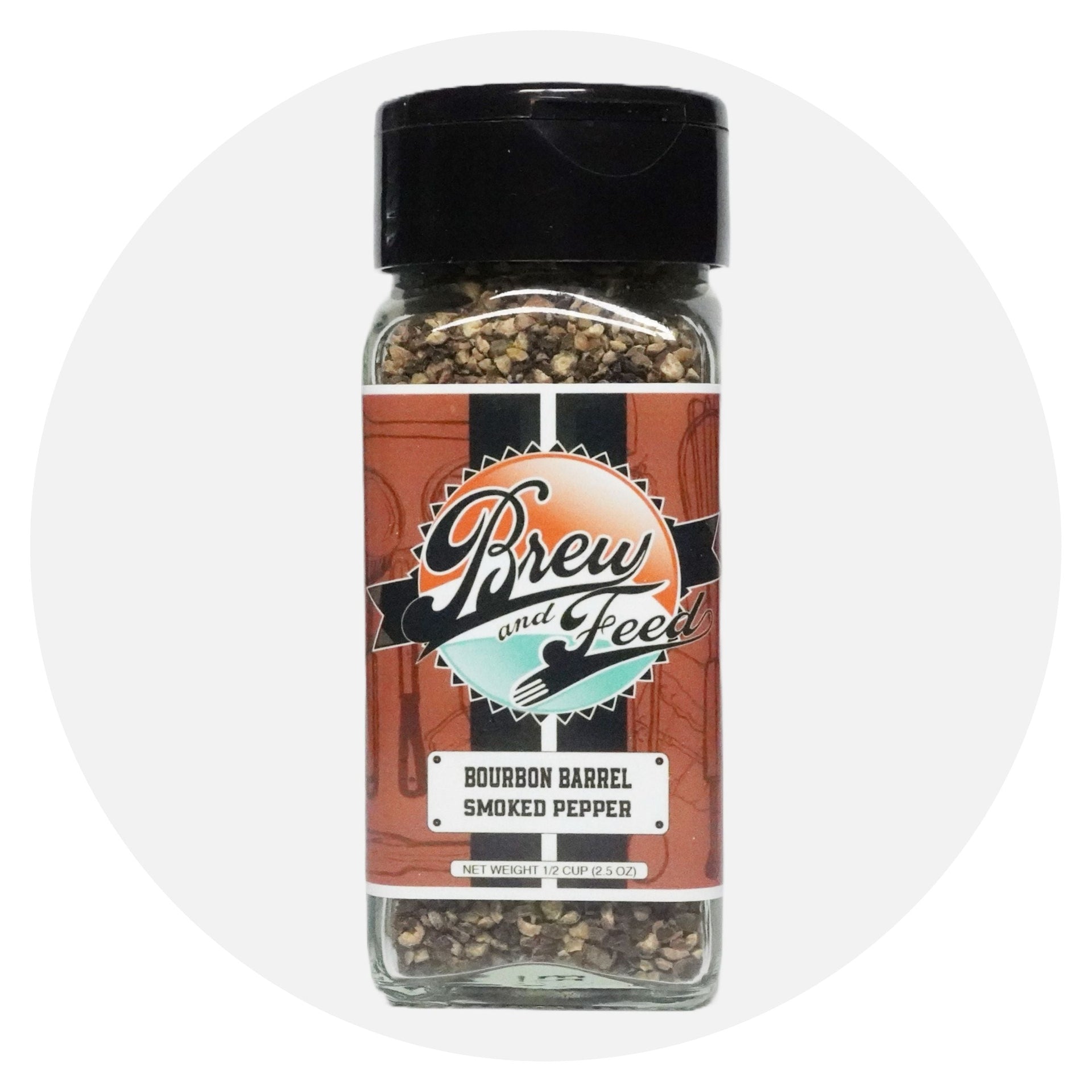
The Science of Slow Cooking Meat: Unlocking Tenderness and Flavor
Slow cooking meat involves cooking it at low temperatures over an extended period, which can result in tender, flavorful dishes. The science behind slow cooking meat revolves around the breakdown of collagen and the even cooking of muscle fibers, along with other biochemical processes. Here’s a detailed look at the science behind slow cooking meat:
Breakdown of Collagen
Collagen is a tough, fibrous protein found in connective tissues of meat. In its raw form, collagen is relatively tough and makes meat chewy. However, when exposed to heat over a long period, collagen undergoes a transformation:
Gelatin Formation:
As collagen is slowly heated to temperatures between 160°F and 180°F (70°C and 82°C), it breaks down into gelatin. Gelatin is a soluble protein that gives meat a tender, succulent texture and adds a rich mouthfeel to the dish.
Moisture Retention:
Gelatin can absorb water, helping to retain moisture within the meat. This helps in preventing the meat from drying out during the cooking process.
Muscle Fiber Changes
Muscle fibers are made up of proteins such as actin and myosin. These proteins behave differently at various temperatures:
Denaturation:
As the temperature rises to around 104°F to 140°F (40°C to 60°C), the proteins start to denature, meaning they unfold and lose their natural structure. This makes the muscle fibers more tender.
Toughening Phase:
At temperatures above 140°F (60°C), the muscle fibers begin to shrink and expel moisture, potentially making the meat tougher if cooked quickly. However, in slow cooking, this phase is managed carefully to ensure tenderness.
Fat Rendering
Fat within the meat also plays a crucial role in slow cooking:
Melting Point:
Fat begins to render (melt) at temperatures between 130°F and 140°F (54°C and 60°C). Slow cooking allows this fat to gradually melt, basting the meat from within and adding flavor and moisture.
Flavor Distribution:
The rendered fat helps distribute flavors evenly throughout the meat, enhancing the overall taste of the dish.
Flavor Development
Slow cooking allows for the development of complex flavors through processes such as:
Maillard Reaction:
While typically associated with high-heat cooking, some aspects of the Maillard reaction can occur at lower temperatures over long periods, contributing to the depth of flavor in slow-cooked dishes.
Browning and Caramelization:
If the meat is seared before slow cooking, the initial browning can impart rich, caramelized flavors that permeate the dish.
Even Heat Distribution
Slow cookers and low-temperature ovens provide a consistent, even heat, which:
Prevents Overcooking:
The gentle, steady heat ensures that the meat is cooked evenly, reducing the risk of overcooking and drying out the outer layers while the inside is still cooking.
Minimizes Moisture Loss:
The slow cooking process helps to minimize moisture loss, keeping the meat juicy and tender.
Cooking in Liquid
Many slow-cooking methods involve cooking meat in a liquid such as broth, wine, or sauce. This liquid:
Enhances Moisture:
Keeps the meat moist throughout the cooking process.
Distributes Flavor:
Allows the flavors from the liquid and added ingredients (herbs, spices, vegetables) to penetrate the meat deeply.
Heat Conductor:
Acts as a heat conductor, ensuring even cooking of the meat.
Collagen and Connective Tissue Breakdown
In cuts of meat with a lot of connective tissue (like brisket, chuck, or pork shoulder), slow cooking is particularly effective:
Connective Tissues:
These cuts are tough due to the high amount of connective tissue, which contains collagen.
Extended Cooking Time:
Slow cooking provides the extended time needed for collagen to fully break down into gelatin, making these tougher cuts tender and flavorful.
Conclusion
The science behind slow cooking meat is a blend of biochemistry and physics, all working together to transform tough cuts into tender, flavorful dishes. By maintaining a low temperature over a long period, slow cooking allows collagen to break down into gelatin, fat to render and distribute flavors, and muscle fibers to tenderize without drying out. This method not only enhances the texture and juiciness of the meat but also develops complex, rich flavors that are hard to achieve with faster cooking methods.




